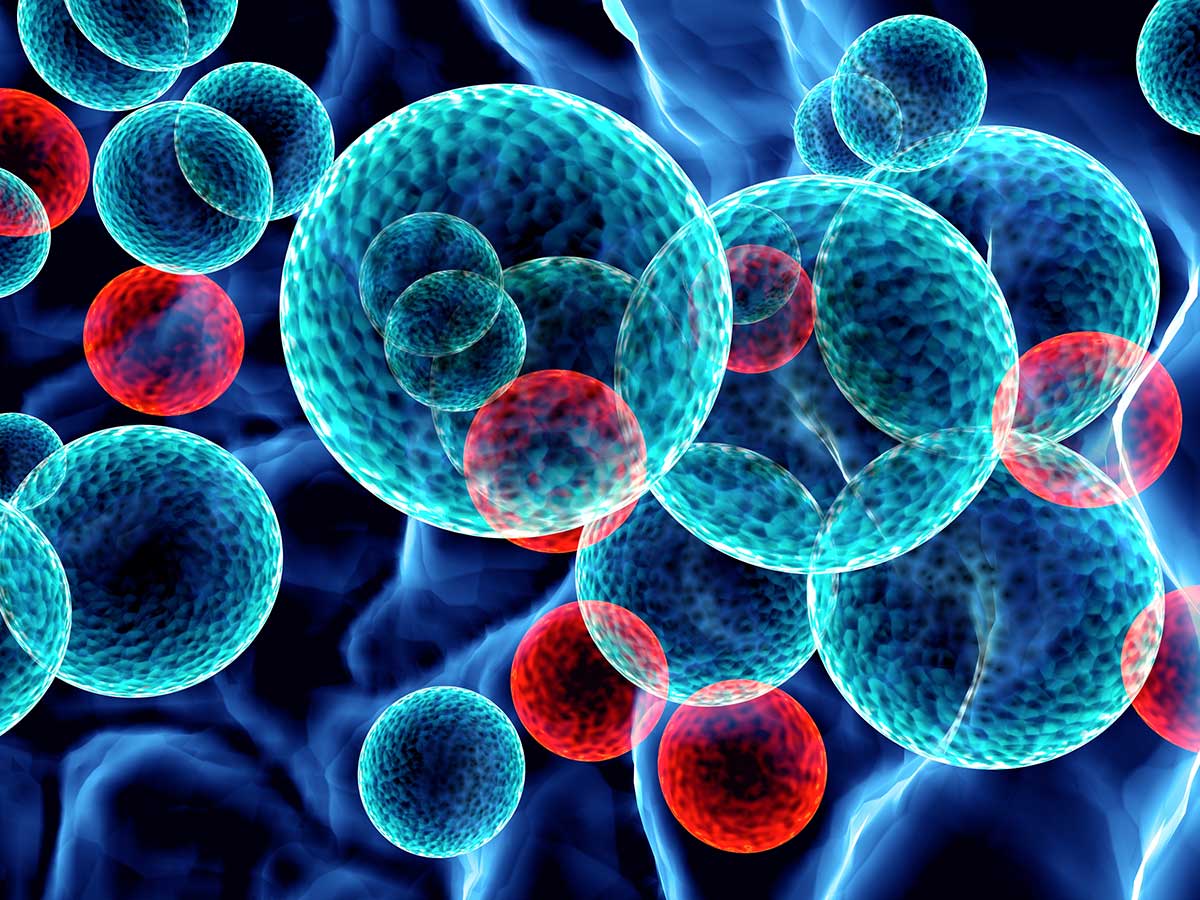Tumour Associated Macrophages reprogrammed via nanoparticles and light
In the fight against cancer, not all immune cells play on our side. Tumour Associated Macrophages are definitely on the tumour side, by not only supporting its growth, but also generating an immune suppressive environment. The good news is that there are strategies to welcome the traitors back to our team. One recently published used very small particles and a technique called “photogeneration”.
It is not the first time we mention Tumour Associated Macrophages, TAMs for friends. Not all macrophages are bad, but those associated with the tumour promote its progression, metastasis formation and recurrence. Scientists define them as M2 macrophages, as opposed to M1 macrophages, which exert anti-tumour functions. The same cell population can act in two different and quite opposite ways, depending on its activation state and the types of chemical mediators released.
Tumour and TAMs: a dangerous partnership
A macrophage is not inherently “good” or “bad” and its final aspect or “phenotype” can be either M1 or M2 depending on the signalling molecules in its microenvironment. To be honest, M2 are not always the bad guys: their primary functions are wound healing and tissue repair, and most importantly they turn off the immune response when the stimulus that has triggered it in the first place has been eliminated.
Nonetheless, the tumours are very good at exploiting mechanisms or switches naturally present in our body for their own benefits. Because TAMs are naturally programmed to dampen immune responses, the tumour recruits them to generate an immune suppressive environment, which protects it from the attacks of the immune system. In fact, our immunotherapies often fail because of the TAMs mediated immune suppression in the tumour microenvironment.
Plastic cells
When someone hurts us, we find it difficult to think that he will ever change, don’t we? With TAMs it is a bit different: they do change, as they are very plastic cells and can switch from M1 to M2 phenotype or vice versa. This is a good news for us, because it means that we do not need to eliminate TAMs, but we can turn them into M1 macrophages that will help us to defeat cancer. What is the “recipe” to realize such a transformation?
There are several strategies under investigation, including the use cytokines cocktails, gene therapy and other chemical mediators like Radicalic Oxygen Species (ROS). In a paper published on Nanoletters scientists explored the latter in combination with nanoparticles.
The nano-switch
“Nano” does not just mean “very very small”; in science, it refers to specific dimensions ranging from 1 to 100 nanometers (one nanometer is a billionth of a meter!). In this study, the nanoparticles were covered with a sugar called mannose that made it possible the internalization in the TAMs through a specific receptor. Inside the nanoparticles, there were chemical compounds called photosensitizers, which produce ROS when excited by a specific wavelength. The strategy is called photogeneration and can be precisely controlled by turning on and off a specific laser, so that the production of free radicals does not damage the cell itself. In fact, these molecules, if produced in excess, are harmful to the tissues, but in controlled doses, they manage to do the miracle: they trigger that cascade of events that drives the phenotype switch, in order to face the emergency.
Researchers demonstrated that it was possible to control the production of ROS in the TAMs by photogeneration and that such chemicals induced the switch from M2 to M1 phenotypes. The reprogrammed macrophages were further potentiated in their capacity to instruct the cells of adaptive immunity (e.g. lymphocytes) to specifically recognize cancer cells and can effectively counteract tumour growth in mouse models.
Erika Salvatori
Reference:
Shi, C. et l. (2018). Reprogramming Tumor-Associated Macrophages by Nanoparticle-based Reactive Oxygen Species Photogeneration. Nano Lett.
Our previous articles on TAMs:
http://www.vitares.org/index.php/en/magazine-en/68-gene-therapy-reprograms-tumor-microenvironment



